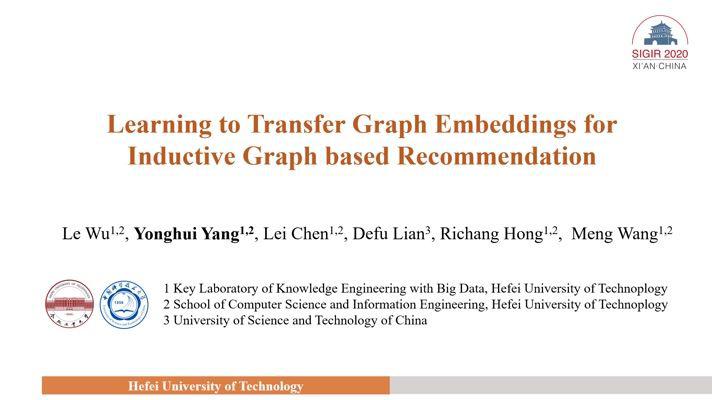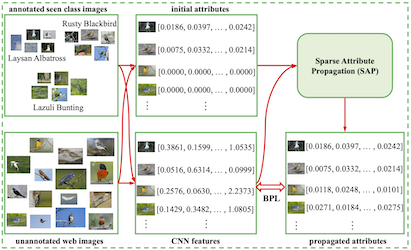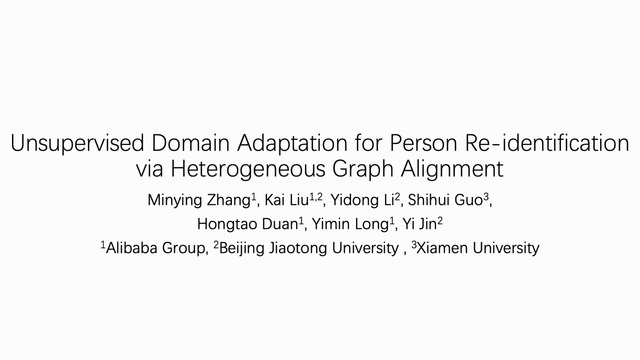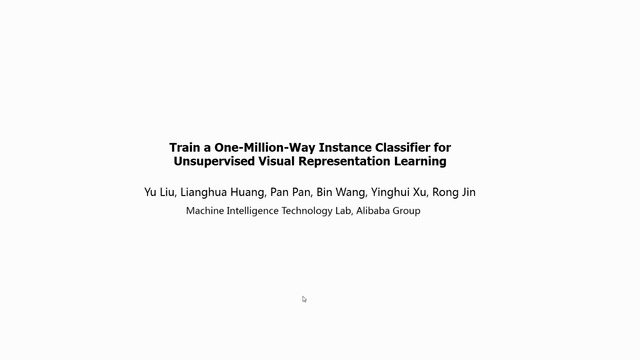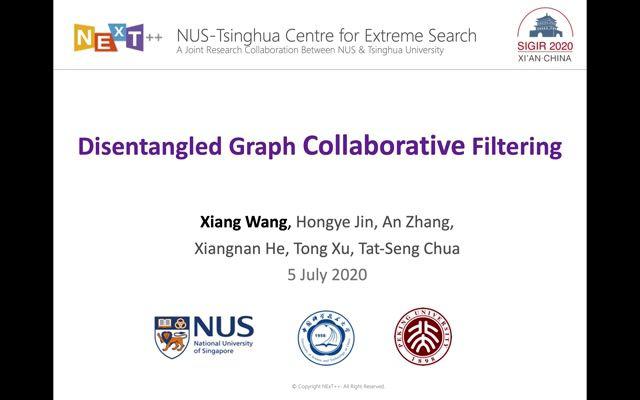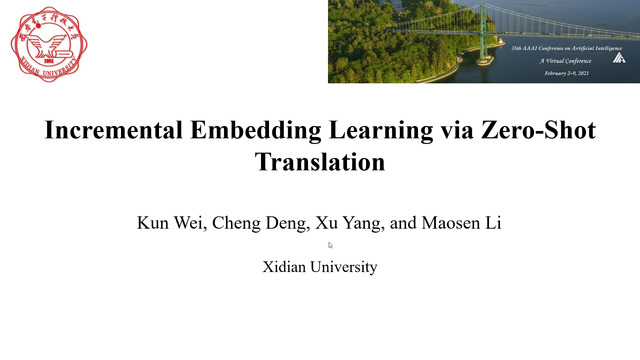Abstract:
With the increasing availability of videos, how to edit them and present the most interesting parts to users, i.e., video highlight, has become an urgent need with many broad applications. As users’ visual preferences are subjective and vary from person to person, previous generalized video highlight extraction models fail to tailor to users’ unique preferences. In this paper, we study the problem of personalized video highlight recommendation with rich visual content. By dividing each video into non-overlapping segments, we formulate the problem as a personalized segment recommendation task with many new segments in the test stage. The key challenges of this problem lie in: the cold-start users with limited video highlight records in the training data and new segments without any user ratings at the test stage. To tackle these challenges, an intuitive idea is to formulate a user-item interaction graph and perform inductive graph neural network based models for better user and item embedding learning. However, the graph embedding models fail to generalize to unseen items as these models rely on the item content feature and item link information for item embedding calculation. To this end, we propose an inductive Graph based Transfer learning framework for personalized video highlight Recommendation (TransGRec). TransGRec is composed of two parts: a graph neural network followed by an item embedding transfer network. Specifically, the graph neural network part exploits the higher-order proximity between users and segments to alleviate the user cold-start problem. The transfer network is designed to approximate the learned item embeddings from graph neural networks by taking each item’s visual content as input, in order to tackle the new segment problem in the test phase. We design two detailed implementations of the transfer learning optimization function, and we show how the two parts of TransGRec can be efficiently optimized with different transfer learning optimization functions. Please note that, our proposed framework is generally applicable to any inductive graph based recommendation model to address the new node problem without any link structure. Finally, extensive experimental results on a real-world dataset clearly show the effectiveness of our proposed model.
